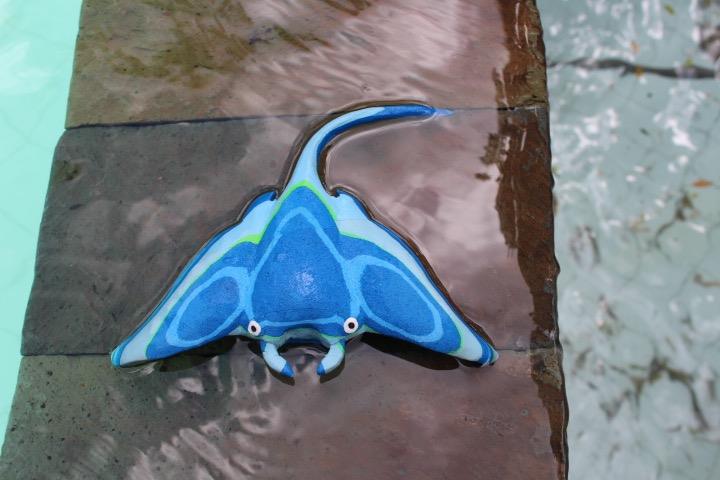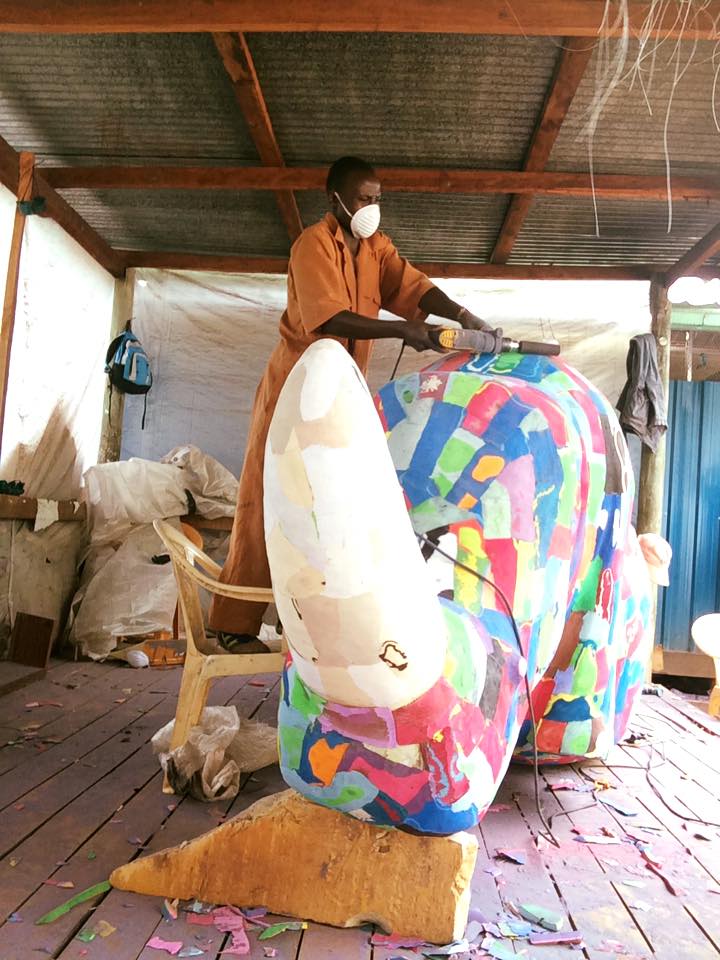Flip the Flop
Through my worldly coffee travels, I come across so many amazing people and stories. This past year I was introduced to Ocean Sole in Kenya. This organization is working to clean up a lot of the trash that infiltrates the oceans and rivers due to society’s wasteful habits. Many different ideas have been brought forward to help cleanse the Earth’s water. Though their idea may be the most fun and colorful of them all.
Flip-flops are the footwear of choice millions of people in Kenya. Affordable and convenient, they are worn by both children and adults. Countless non-degradable, broken rubber flip flops and other plastic waste dumped in cities and villages are carried by sewage systems, rivers, and other waterways into Kenyan coastlines every year. Tons of flip-flop pollution wash up onto the beaches every year creating an environmental disaster for the marine ecosystem and local communities. Sea turtles that hatch on the beach have to fight their way through the debris on the beaches to get to the ocean. But, local children would take the discarded flip flops and create their own toys with them. Observing this, Julie Church (the founder of Ocean Sole) thought of an idea that would help clean the beaches and also boost development in the community. 
Inspired by the children’s makeshift creations, Church encouraged the local women to collect, wash and process the discarded debris and transform them into colorful art for a profit. What began as a part time job, eventually flourished into a regular and growing business. Ocean Sole initially supported local communities in Kenya by only selling their product commercially in the nation’s capital, Nairobi. Now their art can be found all over the world.
WWF Switzerland was their first large commercial order back in 2000 in which they purchased 15,000 turtles. In 2005 a company was established to promote “trade not aid” and began selling their fun, colorful animal art to raise awareness of flip flop pollution and improve local poverty. From then on, the word has spread, and their products started showing up worldwide. Their goal was to aim to sell 70% of their products outside of Kenya. It has distributors in the United States, Europe, Australia, and Japan. The biggest purchasers are zoos and aquariums.
Their various collections of flip flop art are not only created to bring attention to the plastic destroying ecosystems but bring awareness to other issues such as endangered species. The newest collection called Bahari is made to bring attention to the Ocean’s most endangered species. This collection includes animals such as hammerhead sharks, dolphins, turtles, whales, and more.
They work with United Nations Environment Programme (UNEP), United Nations Educational, Scientific, and Cultural Organization (UNESCO), United Nations Development Programme (UNDP) and Universal Networking Intellectual Capital (UNIC) on a three year journey to focus on conservation, entrepreneurship, supporting local Kenyans with recycling programs, establish new global distribution partners and shouting out loud through their new visual identity about flip-flop pollution destruction to both humans and marine life.
Ocean Sole’s mission is to turn flip-flop pollution into art and functional products to promote our oceans. Today they recycle about 10,000 kilograms of flip-flops a year and employ over 150 Kenyans. Over the course of their existence they have cleaned up well over 1,000 tons of flip flops. Ocean Sole also contributes 10% of their revenue to marine conservation programs. While they may be the footwear of choice and cheap, Ocean Sole is prepared to remind you just how impractical your flip flops are by bringing awareness to the damage they are causing marine life.
I love having Ocean Sole art in the Stringbean HQ as a daily reminder that recycling rocks and that we should treasure our planet.
